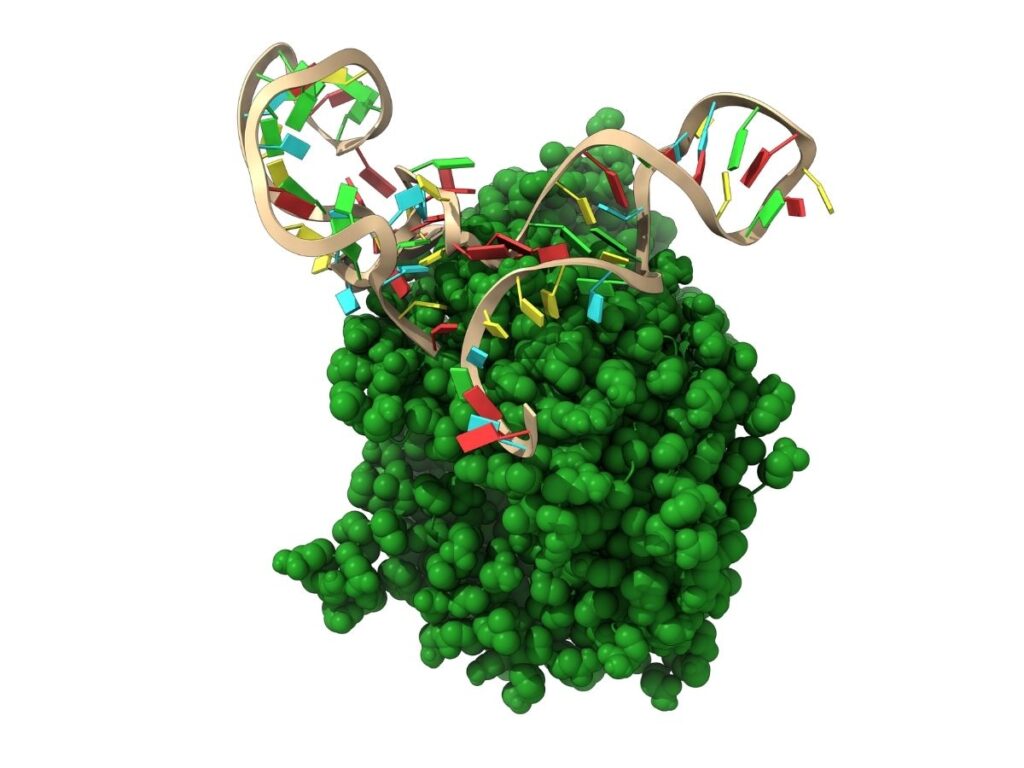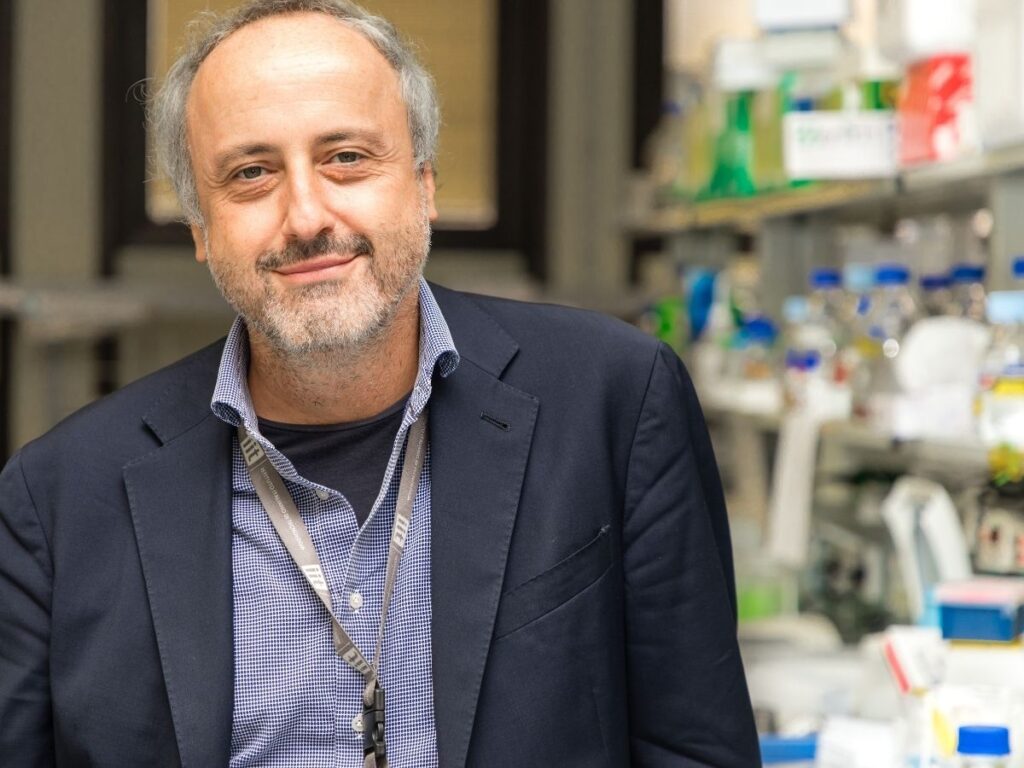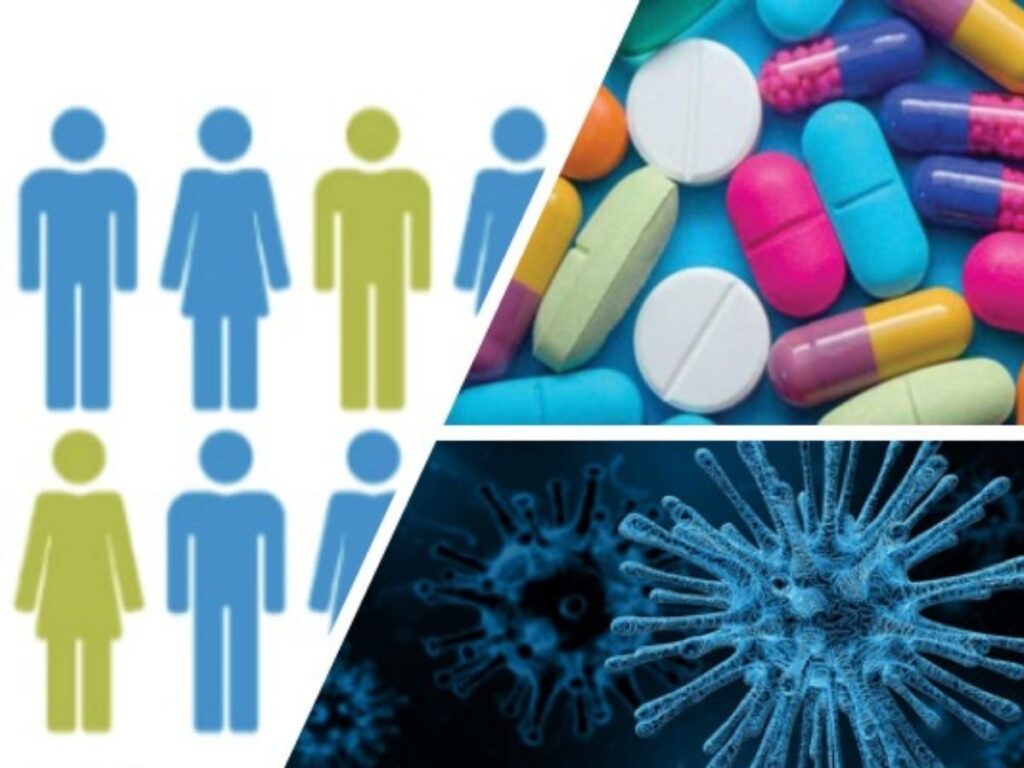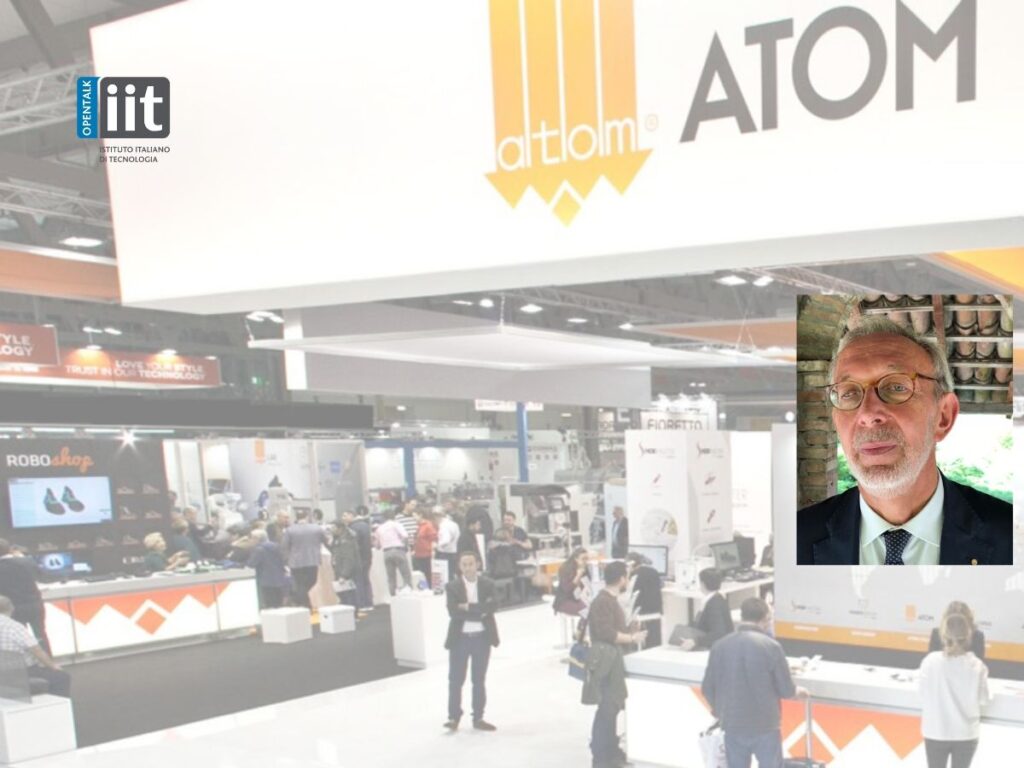“3D printers in biology: everything you didn’t expect”, e-learning and cultural insights in the Covid-19 eraSilvia Di Angelantonio, affiliate researcher at the IIT Centre of Rome – Centre for Life Nano Science and a Professor in Physiology at La Sapienza University, tells us about the little-known use of 3D printers in research. 3D printers to produce plastic objects of common use are already a part of our lives as work and leisure tools. However, 3D printing applications extend far beyond the production of objects and toys. In fact, the progress achieved through the use of 3D printing extends from plastic to food and to new fields of study, such as in operating rooms and within biology laboratories. It is only a question of finding a suitable “ink” and mini-organs and mini-tissues formed by cells can simply be printed. In particular, if cells from a patient are used as building blocks, miniature copies of the patient’s organs can be reproduced in the laboratory. These can then be used to study diseases and to test drugs. In recent years, through the convergence of a strong multidisciplinary team composed of molecular biologists, physicists and bioengineers within the joint IIT-Sapienza Centre, a 3D bioprinting laboratory was set up to reproduce mini-organs and mini-tissues which are physiological and realistic models of human organs, starting from reprogrammed stem cells which are then differentiated.





